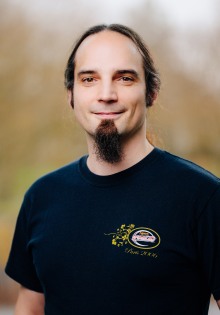International team of researchers publishes review in Nature Reviews Physics
Due to their unique properties, 2D materials, which consist of a single layer of atoms, are increasingly being used in optoelectronic devices, as quantum light sources and in integrated circuits. Research into the quantum technologies enabled by 2D materials has been advancing rapidly since 2015, with further potential for yet further advances. An international team of scientists from the European ‘Quantum Flagship’ project S2QUIP, led by Professor Klaus J?ns from Paderborn University, has now presented an overview of the current research landscape in a paper published in scientific journal Nature Reviews Physics. The scientists also look at possible future challenges and applications in the field.
In their review, the researchers summarise the fundamental properties of different 2D layered materials and present recent advances in the field of quantum light sources. “2D materials host quantum emitters, such as those that generate single photons, with strong light-matter interaction, which enables them to be optimally integrated into on-chip devices. “The ease with which 2D materials can be transferred onto photonic circuits to create hybrid devices provides new opportunities for scalable quantum photonic devices,” says J?ns. Over the past six years, new techniques and technologies have arisen with the emergence of ‘2D layered van der Waals materials’, such as the creation of quantum emitters through the moiré effect, which occurs simply by twisting two 2D layers against each other. J?ns explains: “These materials offer a highly attractive quantum photonic platform. This is because they offer maximum versatility, ultra-high light-matter interaction, easy integration and new possibilities for the development of quantum states.”
For the development of future quantum photonics technologies, powerful quantum light sources based on 2D materials are, in particular, required. For example, stable single-photon sources can enable a variety of quantum communication methods with unconditional long-term information security. According to the scientists, scalable on-chip quantum light sources can also enable, among other things, robust photonic quantum computations with ultimate data processing speed.
Alongside Paderborn University, the paper was co-authored by scientists from Aalto University in Finland and Heriot-Watt University in Edinburgh, Scotland.
Read the paper: https://rdcu.be/cERRl (open access) or: https://www.nature.com/articles/s42254-021-00408-0



